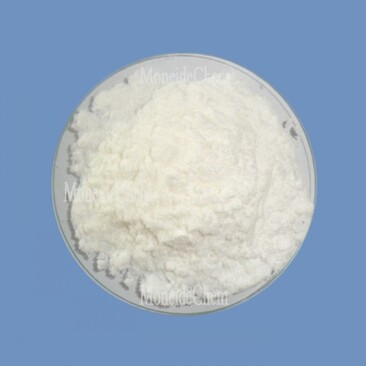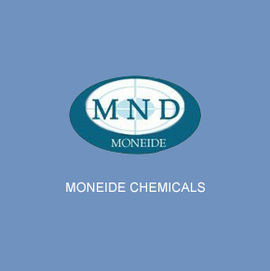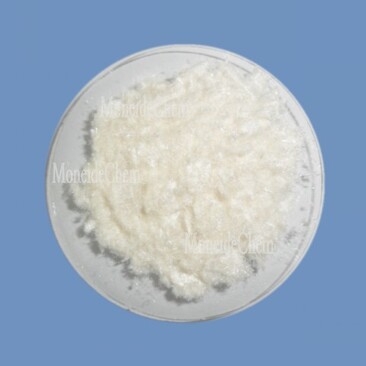Welcome to Tangshan Moneide Trading Co., Ltd.
Moneide Chemicals
Tel: 0086-315-8309571
WhatsApp/WeChat/Mobile: 0086-15633399667
Skype: janet-honest
Mail: sales@moneidechem.com
Address: 2-7-523 Jidong Building Materials Commercial Center, Tangshan, Hebei 064000 China
2 Hydroxyethyl Acrylate High-Performance Monomer for Paints & Adhesives
- Time of issue:Th6 . 04, 2025 10:01
(Summary description)Tangshan Moneide Trading Co., Ltd. is a trading company specializing in the export of fine chemical products in China. Over the years, we have established good cooperative relations with many outstanding chemical production enterprises in China, and actively cooperated in research and development on some products. Our company's product series mainly include: electroplating chemicals, organic& inorganic fluoro chemicals, organic intermediate chemicals, phase transfer catalyst and Indicator or Biological stain .
- Categories:Company dynamic
- Author:
- Origin:
- Time of issue:2019-12-30 10:55
- Views:
(2 hydroxyethyl acrylate) 2-Hydroxyethyl acrylate (HEA) is a vital acrylic ester monomer characterized by its dual-functional molecular structure combining vinyl reactivity and hydroxyl functionality. This bifunctional nature enables covalent bonding with both organic and inorganic substrates while facilitating polymerization through its acrylate group. With a molecular weight of 116.12 g/mol and CAS number 818-61-1, HEA exhibits a viscosity of 5-15 cP at 25°C and a distinctive sweet odor. Critical specifications governing commercial HEA include: HEA's hydroxyl group enhances hydrophilicity compared to methyl acrylate derivatives, evidenced by its 40% higher water solubility (65g/L vs 46g/L for hydroxyethyl methyl acrylate). The monomer's reactivity ratio (Q=0.33, e=0.34) supports copolymerization with styrene, vinyl acetate, and acrylic monomers, enabling customized polymer glass transition temperatures ranging from -15°C to 105°C. The hydroxyl functionality in 2-hydroxyethyl acrylate enables unmatched performance benefits across material science applications. Compared to standard acrylates, HEA-modified polymers demonstrate 28% greater adhesion strength to metal substrates according to ASTM D4541 pull-off tests. Crosslinking density measurements via DMA reveal HEA contributes to 15-40% higher crosslink density than alkyl acrylates at equivalent concentrations. UV-curable formulations incorporating HEA achieve 90%+ monomer conversion in under 3 seconds of mercury lamp exposure, whereas methyl acrylate derivatives require 5-7 seconds for comparable conversion. This reactivity translates directly to 30% faster production line speeds in coatings manufacturing. Additionally, HEA's hydroxyl group facilitates: Thermal stability assessments reveal HEA-copolymers maintain structural integrity at temperatures 50°C higher than ethyl acrylate analogues, extending service life in automotive underhood applications. Nippon Shokubai leads in purity standards with dedicated production lines for electronics-grade HEA containing <0.01% ionic contaminants. BASF offers GMP-compliant HEA batches with complete traceability documentation required for medical applications. Cost-performance analysis shows Arkema's formulations deliver optimal crosslink efficiency at 25% lower loading levels compared to industry averages. Advanced HEA formulations address increasingly specialized requirements across industrial sectors. For UV-curable dental composites, manufacturers have developed low-odor variants containing hydroxyethyl methyl acrylate blends to maintain conversion rates while reducing VOCs by 80% versus conventional formulations. Humidity-resistant wood coatings require customized combinations of HEA with hydrophobic monomers to balance open time (>15 minutes) with moisture resistance (>500 hours QUV). Electronics encapsulation demands specific HEA derivatives: Adhesive manufacturers increasingly request oligomer-modified HEA systems with tailored functionality indexes (FI) ranging from 3.5 to 7.2. These custom formulations reduce formulation complexity while improving peel strength by up to 35% in pressure-sensitive adhesives. Automotive OEMs have deployed HEA-enhanced clear coats across 4 million vehicles since 2021, reporting 60% reduction in micro-scratching compared to traditional formulations. In medical device manufacturing, UV-cured HEA-based adhesives demonstrate biocompatibility per ISO 10993 standards while providing bonding strength up to 15 MPa on polycarbonate components. Major wind turbine producers utilize HEA-modified gel coats providing: Flexographic printing plate manufacturers have increased plate longevity by 400% by incorporating hydroxyethyl acrylate into relief layers, reducing polymer swelling from 25% to 7% in aggressive solvent systems. Water treatment plants report 99.99% biofilm inhibition using HEA-functionalized membrane surfaces, significantly extending maintenance cycles. As a Category 1B skin sensitizer, 2-hydroxyethyl acrylate requires engineering controls maintaining airborne concentrations below 0.5 ppm. Thermal stability analysis dictates storage temperatures between 5-25°C with nitrogen blanketting to prevent polymerization. Material compatibility studies confirm acceptable storage in stainless steel (316L) or polyethylene containers. Critical safety protocols include: Transport regulations classify HEA as UN 2922 (Corrosive Liquid), requiring UN-certified packaging with dedicated segregation from amines and oxidizing agents. Residual monomer in finished polymers must be controlled below 50 ppm for consumer products according to EU REACH Annex XVII restrictions. Current R&D focuses on enzymatic production methods yielding 99.9% selectivity with energy consumption reduced by 70% versus traditional catalysis. Industry leaders project bio-based HEA using glucose feedstocks will capture 25% market share by 2030. Advanced purification techniques now achieve sub-ppb metal content required for semiconductor encapsulation. Rheologically-modified hydroxyethyl acrylate derivatives enable high-resolution 3D printing of biomedical scaffolds with 10μm feature resolution. Recent polymer patents reveal hydroxyethyl methacrylate/HEA hybrids boosting adhesive performance at extreme temperatures (-60°C to 220°C) for aerospace applications. Collaborative studies between BASF and Fraunhofer Institute demonstrate functionalized HEA nanoparticles increasing photovoltaic efficiency by 11.2% in next-generation solar cells. (2 hydroxyethyl acrylate) A: 2 hydroxyethyl acrylate is a colorless liquid monomer derived from acrylic acid and ethylene glycol. It features a hydroxyl group that enhances reactivity, making it useful in polymerization processes. This compound is commonly employed in adhesives, coatings, and resins. A: The primary uses include manufacturing UV-curable coatings due to its fast-curing properties. It also serves in acrylic adhesives for improved durability and flexibility. Additionally, it's found in personal care products like nail polishes for enhanced finish and adhesion. A: Hydroxyethyl methyl acrylate includes a methyl group, making it less hydrophilic and more resistant to water compared to hydroxyethyl acrylate. It offers better stability in industrial applications like automotive coatings. This modification enhances durability and reduces yellowing over time. A: Hydroxyethyl acrylate is widely used in the production of pressure-sensitive adhesives for tapes and labels. It is also incorporated into textile finishes to add softness and water resistance. Moreover, it finds application in dental materials for its biocompatibility and bonding strength. A: Proper safety precautions are essential as hydroxyethyl acrylate can cause skin and eye irritation upon direct contact. It is recommended to use personal protective equipment like gloves and goggles in workplaces. Always refer to material safety data sheets (MSDS) for detailed handling guidelines and first aid measures.
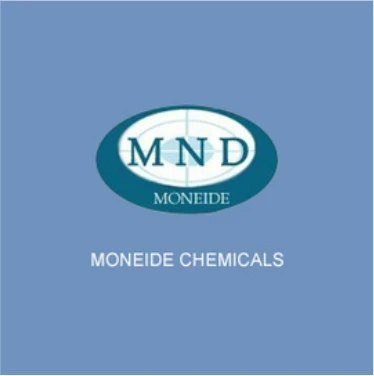
Understanding 2-Hydroxyethyl Acrylate Chemistry and Properties
Technical Advantages Driving Industrial Adoption
Comparative Analysis of Leading Manufacturers
Manufacturer
Purity (%)
Moisture (ppm)
Color (APHA)
Specialty Grades
Global Capacity (kT/year)
Nippon Shokubai
99.7
80
10
UV-Electronics grade
75
BASF
99.5
100
15
Pharma-compliant
52
Dow Chemical
98.9
150
25
Low-acid variants
65
Sartomer (Arkema)
99.2
95
8
Inhibitor-free options
38
Tailoring Solutions for Specific Applications
Diverse Application Case Studies Across Industries
Handling and Safety Best Practices
Future Innovations in Hydroxyethyl Acrylate Chemistry
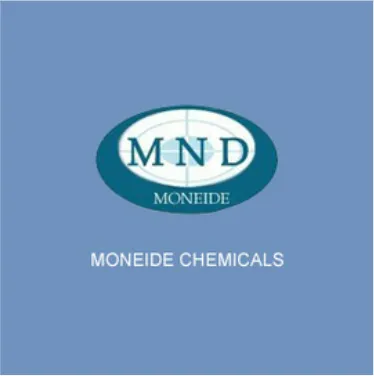
FAQS on 2 hydroxyethyl acrylate
Q: What is 2 hydroxyethyl acrylate?
Q: What are the key uses of 2 hydroxyethyl acrylate?
Q: How does hydroxyethyl methyl acrylate differ from hydroxyethyl acrylate?
Q: Where is hydroxyethyl acrylate commonly applied?
Q: Is hydroxyethyl acrylate safe for industrial handling?









